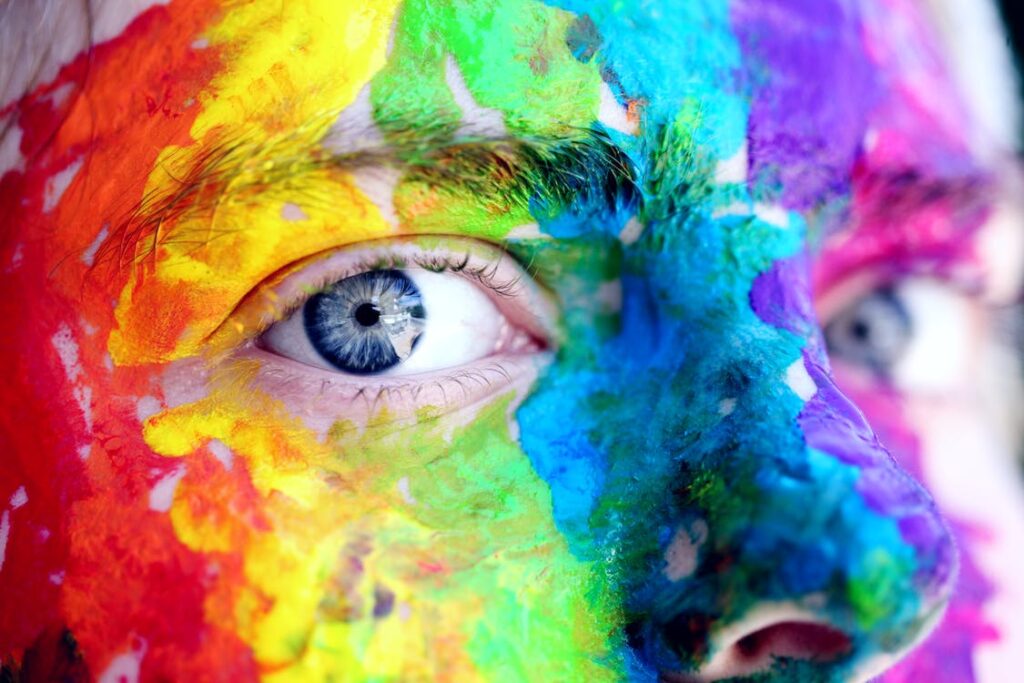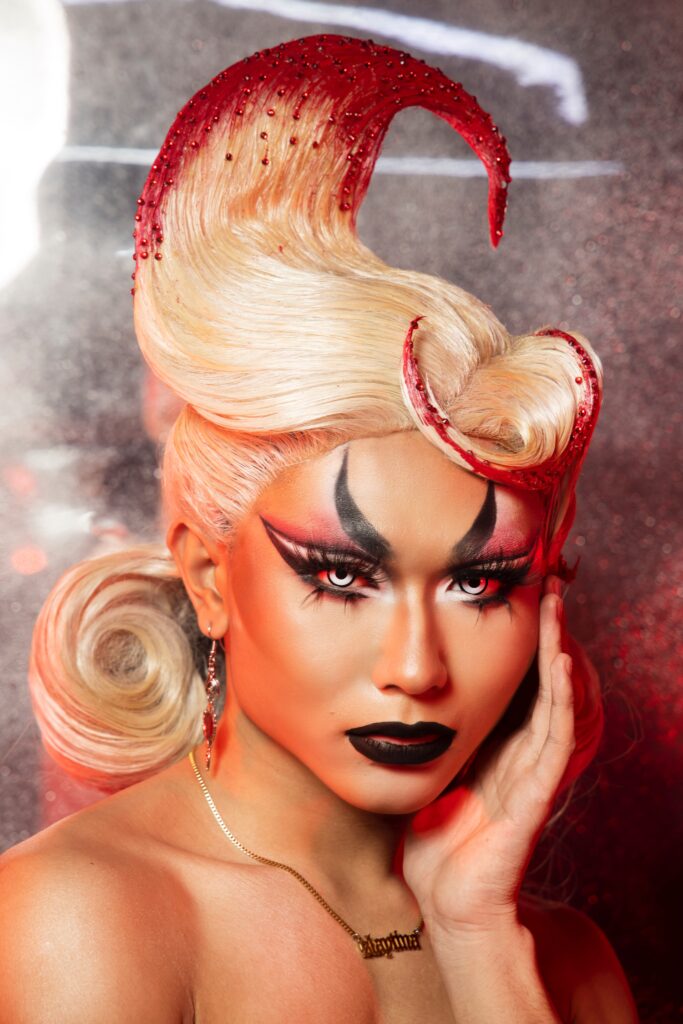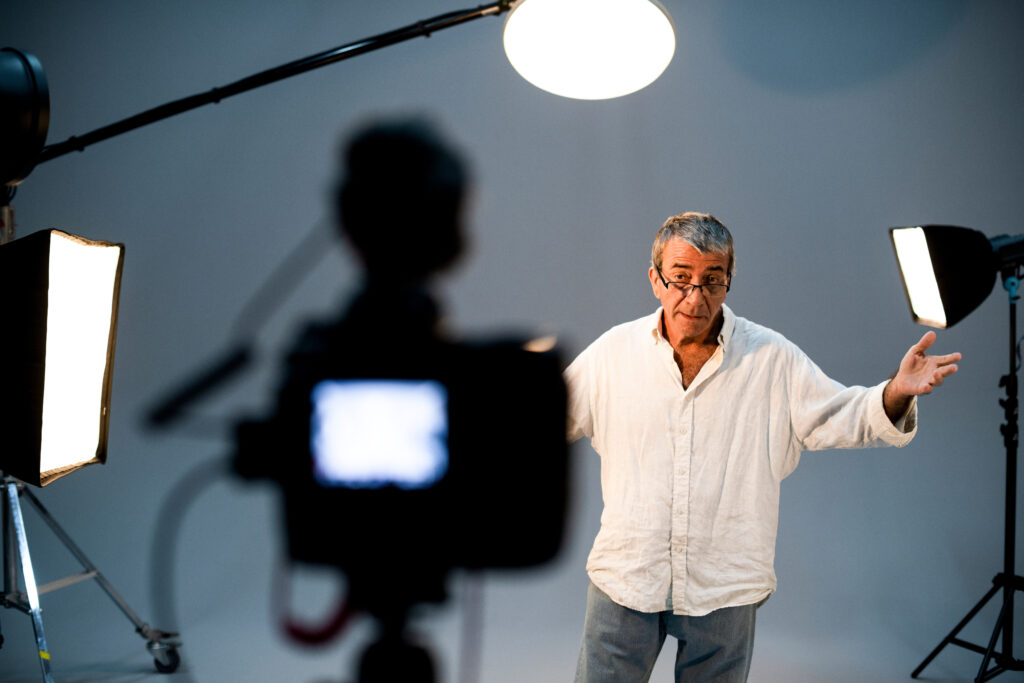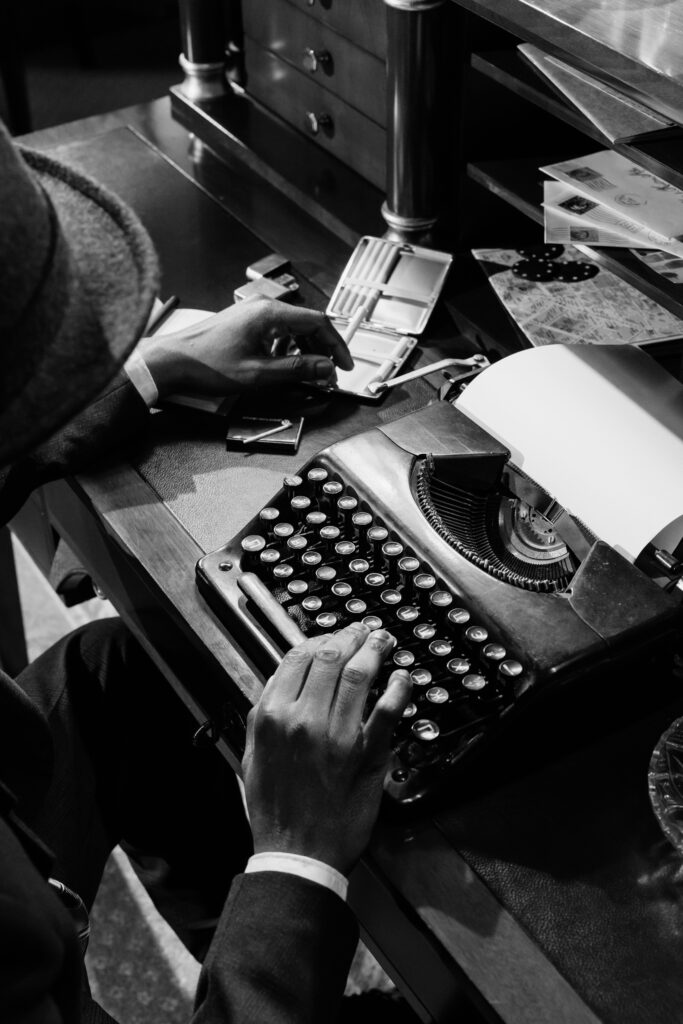Short History: LGBTQ On TV
The representation of LGBTQ+ characters in media has come a long way since the first openly gay character appeared on television in 1964. However, it wasn’t until much later that the first openly transgender character appeared on television. Here, we will discuss the first openly gay and transgender characters on television and how their representation has evolved over time.
The first openly gay character on television is believed to be Arnold Beckoff, played by Harvey Fierstein, in the play “The Norman Conquests” in 1977. This was followed by the first openly gay character in a regularly airing television series, Billy Crystal’s Jodie Dallas on “Soap” in 1977. These early representations of LGBTQ+ characters were often stereotypical and used for comedic relief.
It wasn’t until 1994 that the first openly transgender character appeared on television. This was in the form of Lisa, played by Beth Broderick, in an episode of “Law & Order.” This character was only a guest appearance and was not a recurring character.
It wasn’t until 2002 that the first openly transgender character appeared as a series regular on television. This was in the form of Maura Pfefferman, played by Jeffrey Tambor, in the Amazon series “Transparent.” This show followed the story of a family whose father comes out as transgender and transitions to become Maura. “Transparent” received critical acclaim and won numerous awards, including several Emmys for Tambor’s performance.
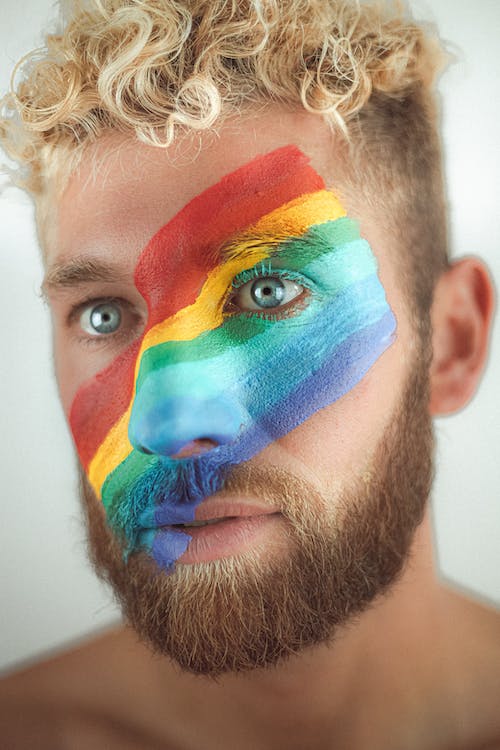
Since the debut of “Transparent,” there has been a significant increase in the representation of LGBTQ+ characters on television, including more openly transgender characters. In 2018, FX aired the show “Pose,” which follows the lives of several LGBTQ+ characters in the 1980s ballroom scene in New York City. This show features the largest cast of openly transgender actors in a television series and has received widespread praise for its representation and portrayal of LGBTQ+ characters.
However, despite the progress that has been made in LGBTQ+ representation on television, there is still a long way to go. Many transgender characters are still played by cisgender actors, and LGBTQ+ characters are often limited to supporting roles or used as plot points rather than fully developed characters. It is important for the media to continue to represent and accurately portray LGBTQ+ characters and to give them the same depth and complexity as cisgender and straight characters.
In conclusion, the representation of LGBTQ+ characters on television has come a long way since the first openly gay character appeared in 1977. While there has been progress in the representation of transgender characters, especially in recent years, there is still a need for more diverse and accurate representation in media. It is important for the media to continue to strive for inclusivity and to give LGBTQ+ characters the same depth and complexity as cisgender and straight characters.

